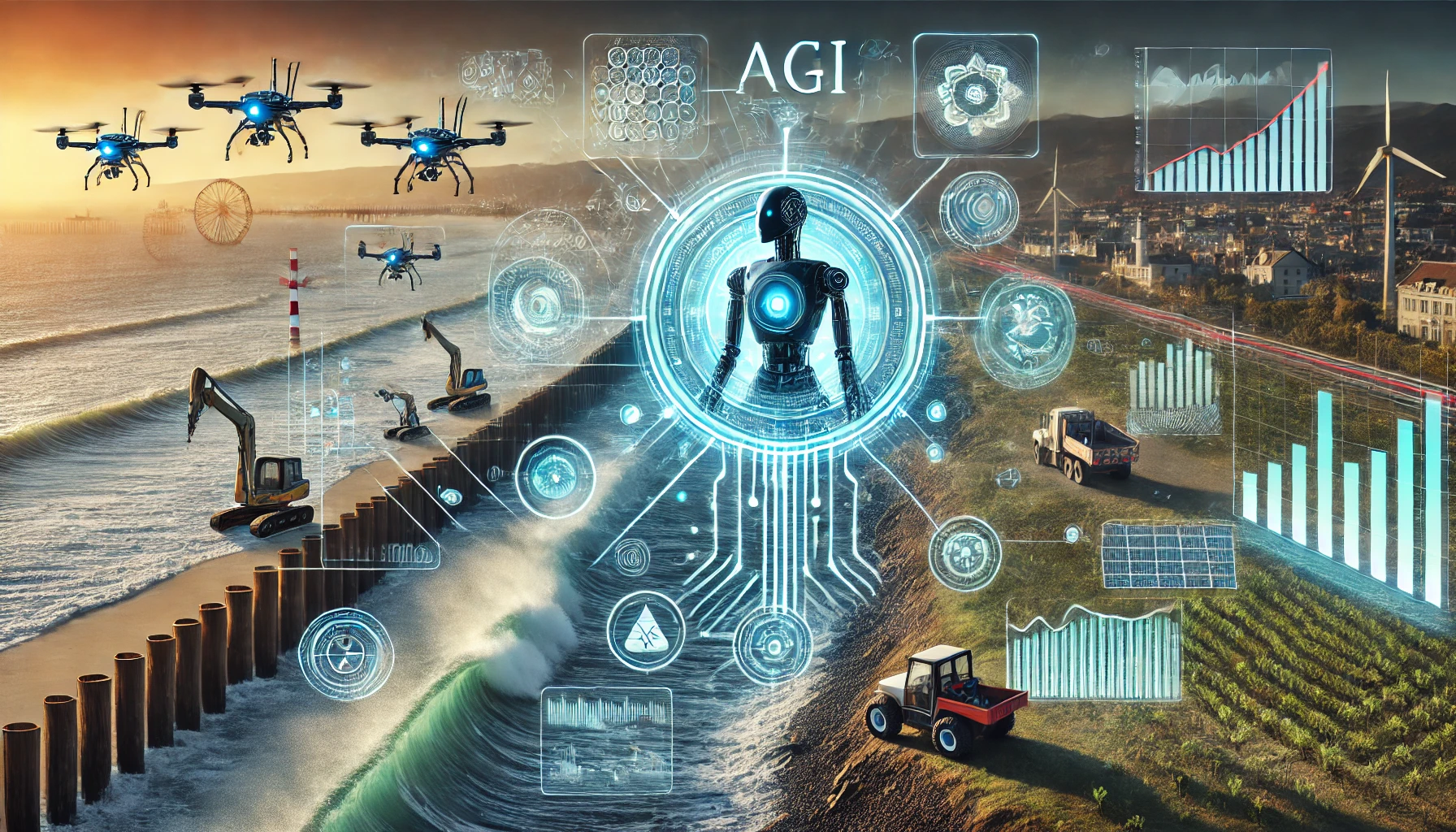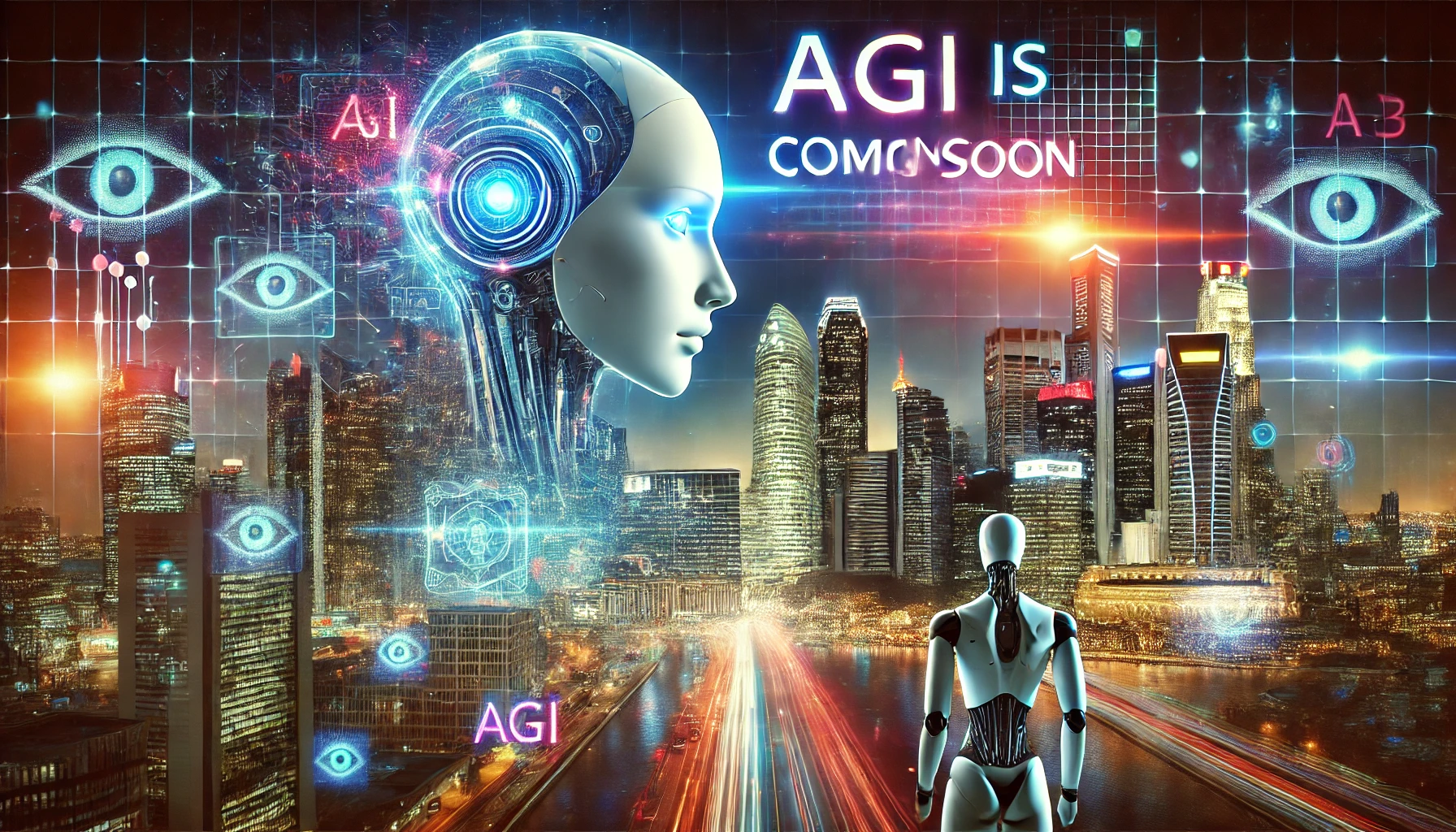Coastal erosion is an escalating global concern, fueled by rising sea levels, increased storm intensity, and human activities. Traditional mitigation strategies, such as seawalls, beach nourishment, and vegetation planting, often require extensive planning, monitoring, and manual intervention. However, the advent of Artificial General Intelligence (AGI) presents an unprecedented opportunity to revolutionize how we approach coastal erosion mitigation.
Understanding Coastal Erosion
Coastal erosion involves the gradual loss of land along shorelines due to natural processes like wave action, currents, and storms, as well as human-induced changes. Left unchecked, it can lead to the destruction of ecosystems, loss of property, and displacement of communities.
The Role of AGI in Addressing Coastal Erosion
AGI, characterized by its ability to perform a wide range of tasks with human-like intelligence, can significantly enhance our ability to predict, prevent, and respond to coastal erosion. Here are some key ways AGI can contribute:
1. Advanced Predictive Modeling
AGI can analyze vast datasets, including satellite imagery, tidal records, and climate models, to forecast erosion patterns with remarkable accuracy. By understanding where and when erosion is likely to occur, decision-makers can deploy resources proactively.
2. Real-Time Monitoring
Through the integration of AGI with IoT devices, such as drones and underwater sensors, real-time monitoring of coastal areas becomes feasible. AGI systems can autonomously detect early signs of erosion, assess the health of coastal vegetation, and evaluate the impact of mitigation measures.
3. Designing and Implementing Mitigation Strategies
AGI can autonomously design customized mitigation solutions by simulating different scenarios and assessing their effectiveness. For example:
- Eco-friendly barriers: Designing artificial reefs or living shorelines.
- Smart deployment of sediment: Optimizing beach nourishment processes to ensure longevity.
- Reforestation efforts: Selecting and planting vegetation that stabilizes sand dunes.
4. Continuous Optimization
AGI systems can learn and adapt over time. By analyzing feedback from implemented strategies, AGI can refine its recommendations to improve efficiency and effectiveness, ensuring long-term sustainability.
5. Public Awareness and Collaboration
AGI-driven platforms can help engage communities by providing accessible information about local erosion risks and empowering residents to participate in mitigation efforts. By fostering collaboration, AGI can support collective action against erosion.
Challenges and Considerations
Despite its potential, deploying AGI in coastal erosion mitigation requires addressing several challenges:
- Ethical considerations: Ensuring transparency and fairness in decision-making.
- Infrastructure investment: Developing and maintaining AGI-integrated systems.
- Environmental impact: Balancing technological interventions with the preservation of natural ecosystems.
Conclusion
The integration of AGI into coastal erosion mitigation represents a paradigm shift in how we protect our shorelines. By leveraging the power of AGI, we can transition from reactive to proactive strategies, safeguarding both natural ecosystems and human communities. As AGI continues to evolve, its role in environmental conservation and resilience-building will undoubtedly grow, offering hope for a sustainable future.
[SEO optimized]


